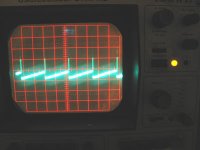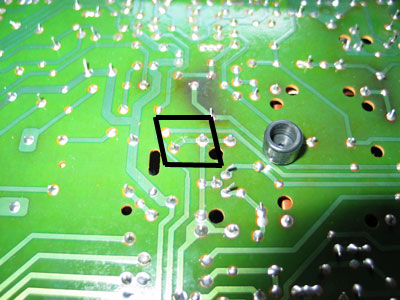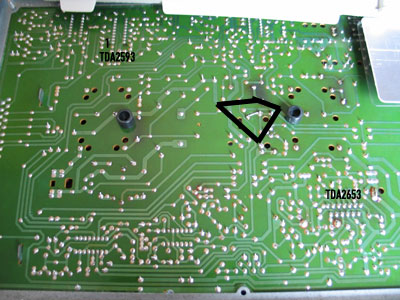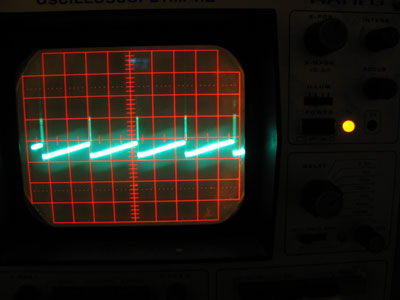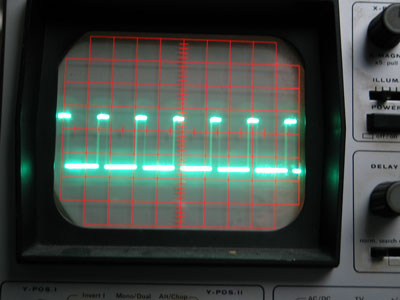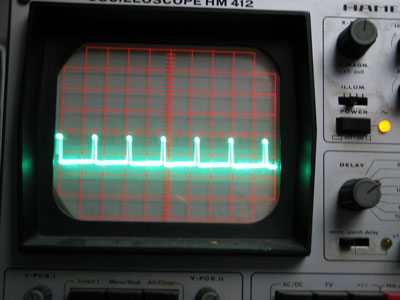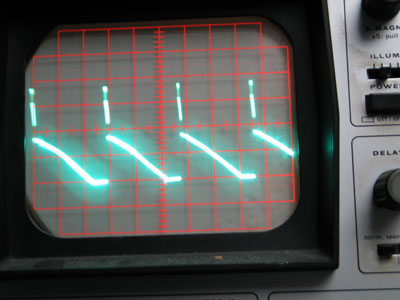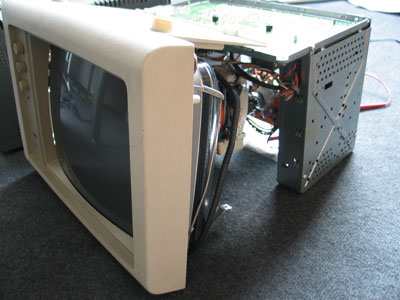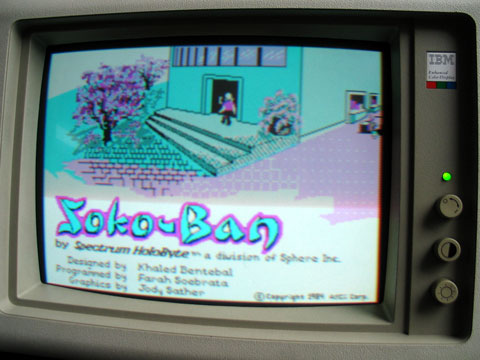Do you guys have the real IBM EGA monitor schematics ? I recall
sending the PGA monitor schematics to a couple forum members
awhile back. I think the PS is very similar between these two monitors.
If anyone has the actual EGA schematics I'd like to get a copy.
I put a copy of the PGA schematics at the following link. One of
these shows the CRT connections, but I'm not sure its the same as EGA.
http://home.rr.com/mwcompu
Added the missing Sheet 4 at the above link ..... remember, this is for the PGA monitor
sending the PGA monitor schematics to a couple forum members
awhile back. I think the PS is very similar between these two monitors.
If anyone has the actual EGA schematics I'd like to get a copy.
I put a copy of the PGA schematics at the following link. One of
these shows the CRT connections, but I'm not sure its the same as EGA.
http://home.rr.com/mwcompu
Added the missing Sheet 4 at the above link ..... remember, this is for the PGA monitor
Last edited:

